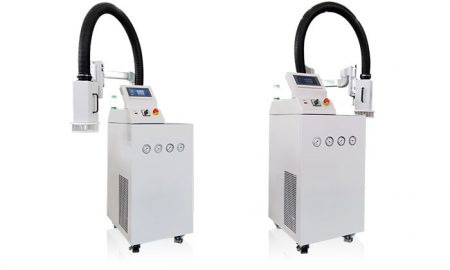Environment Temperature Testing System
Environmental testing is to determine whether the products that have passed the reliability qualification test and are transferred to mass production meet the specified reliability requirements under specified conditions, and to verify whether the reliability of the product changes with the process, tooling, work flow, and component quality during mass production. decrease due to changes in other factors. Only through this can product performance be trusted and product quality be excellent.
Reliability test purpose:
During the development stage, it is used to expose defects in all aspects of trial products and evaluate whether product reliability reaches predetermined indicators;
The production stage provides information for monitoring the production process;
Conduct reliability appraisal or acceptance of finalized products;
Expose and analyze the failure patterns and related failure modes and mechanisms of products under different environments and stress conditions;
In order to improve product reliability, we develop and improve reliability test plans to provide users with a basis for product selection.
Reliability test methods and classifications:
If divided by environmental conditions, it can be divided into simulation tests and field tests under various stress conditions;
Divided by test items, it can be divided into environmental tests, life tests, accelerated tests and various special tests;
If divided according to the purpose of the test, it can be divided into screening test, identification test and acceptance test;
If divided according to the nature of the test, it can also be divided into two categories: destructive testing and non-destructive testing.

Strahlenschlagprüfmaschine der Serie AES
Temperaturregelbereich: -120°C ~ +225°C
 LNEYA
LNEYA
 简体中文
简体中文

















































































